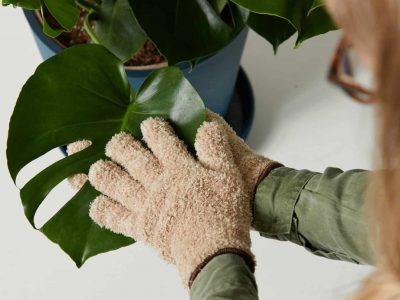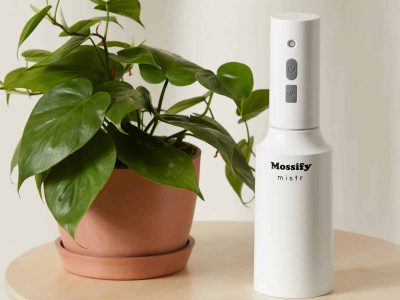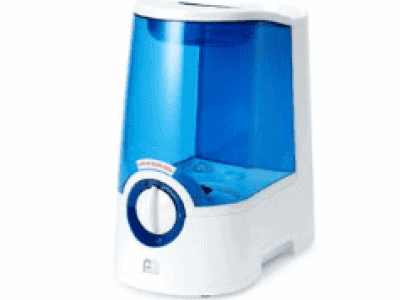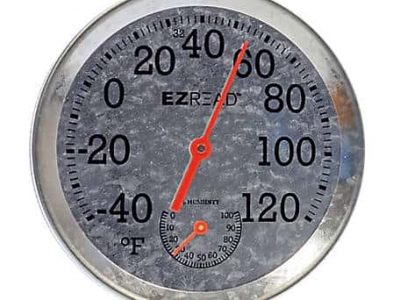Raise Humidity The Right Way: Wintertime Plant Care
Raise the humidity the right way. Growing healthy houseplants during the dry winter months requires raising the relative humidity in the household. Cold temperatures, dry air from heaters, and drafty windows all pose threats to tropical houseplants throughout the winter. If you want your houseplants to thrive all year, read up on our team’s recommended methods for increasing indoor humidity.
Efficient and proper plant care is our priority. Many of our houseplants are from the tropics, and they need constant humidity to develop. Houseplants need 40–60% more humidity than our houses, particularly in winter when fireplaces and heaters dry the air. It is vital to adjust the humidity to offer your plants a good housing environment throughout the winter.
How can you tell if you need To Raise humidity?
When you glance at your plants at different times of day, do you notice anything missing? Have they expanded? Would you say they’re better now than yesterday? Each of us knows that there is always a way to do better. Perhaps some more fertilizer, or maybe just a bit more light? Could we have a closer look at the plant, please?![]()
How to raise humidity is a frequent issue, and one that may be easily remedied. Humidity levels are low and may be easily seen with the naked eye. Keep reading if you want to find out more.
Some warning signals include:
- Some leaf tips start to turn brown.
- When plants start to droop and wilt, it’s a sign that something is wrong.
- Changes in leaf color from green to yellow.
- Leaves get crisp and brown.
Lack of humidity may be the cause if any of your plants show any or all of the symptoms mentioned above.
Tips on how to raise the humidity level in your home's plant environment
A humidifier should be utilized.
Humidity is the amount of water vapor in the air. Rain, dew, or fog are all indicators of high humidity. A psychrometer, sometimes known as a hygrometer, is a device used to measure the relative humidity of the air.
Increasing the humidity in your home using a humidifier is a great option. It’s not only excellent for the plants; you’ll feel better in the dry months, too.
I am using two humidifiers, one in two different rooms.
Water Your Plants With A Mist
To keep your plant’s leaves from drying out, use a plant mister. Even while this will increase the humidity surrounding the plant, it will only be for a short period.
African Violets, Purple Heart Plants, and Philodendron Micans Velvet, to mention a few, should never have their leaves misted because of their furry texture. Water is retained by the “fur” on the leaves, which promotes disease and leavespotting.
Make Use Of Humidity Trays
A pebble tray is an effective method to raise the humidity in your plant’s environment. There will be more humidity in the air surrounding the plant when the water evaporates from the tray.
To make a pebble tray, start with layers of pebbles in a waterproof tray, then add water until the pebbles are barely covered, then top with the plants. The plant’s roots are kept from sitting in water thanks to the stones.
Make your own terrarium.
Closed Terrarium
The glass walls of a closed terrarium let in light and heat, supporting an ideal environment for plant development. Evaporation of water from the soil and plants, caused by the introduction of heat into the enclosed container, creates a miniature water cycle.
After condensing on the walls of the container, the water trickles back down to the soil and plants. The steady supply of water and the abundance of light from the see-through walls make it a paradise for plant life.
Once a week, the terrarium may be opened to allow excess moisture to evaporate from the air and walls, to avoid mold or algae, which may harm plants and discolor the sides of the terrarium.
Soil mixtures designed specifically for closed terrariums provide optimal growth conditions and lessen the likelihood of microbial harm. Peat-lite, which consists of equal parts peat moss, vermiculite, and perlite, is a popular media.
Without a barrier, the air may circulate freely in an open terrarium, making it ideal for plants that thrive in dry conditions.
Open Terrarium
Open terraria are more suited for plants needing less humidity and soil moisture, such as temperate plants and plants accustomed to arid areas, than closed terrariums. Because closed terrariums trap heat and may be fatal to plants, open terrariums are ideal for plants that need more light but not direct sunshine.
Since the terrarium’s see-through walls magnify the sun’s rays, the enclosure must not be placed in direct sunlight, otherwise the plants within be scorched.
Plants that thrive in full sunlight are ideal for a dish garden, since they will not be scorched by the heat of the sun. I like dish gardens because they are preferable to terrariums for succulents and cacti, and because they provide the full sunlight these plants need without scorching.
Related Article
How To Create A Tropical Rainforest Terrarium With Cacti And Other Succulents.
Do you want to make your own little piece of the Amazon Rainforest with this simple Rainforest Terrarium? It would be really cool if you said yes.
In the end, the Proper Way to Raise Humidity
Raising the humidity in your home is not only beneficial for your plants, but also for your health and comfort. By following the tips in this article, you can create a more humid environment for your tropical houseplants and help them thrive all year round. Whether you use a humidifier, a mister, a pebble tray, or a terrarium, you can increase the moisture level in the air and prevent your plants from drying out. Remember to check the humidity level regularly and adjust it according to the needs of your plants. With proper care and attention, you can enjoy the beauty and freshness of your houseplants even in the dry winter months.



